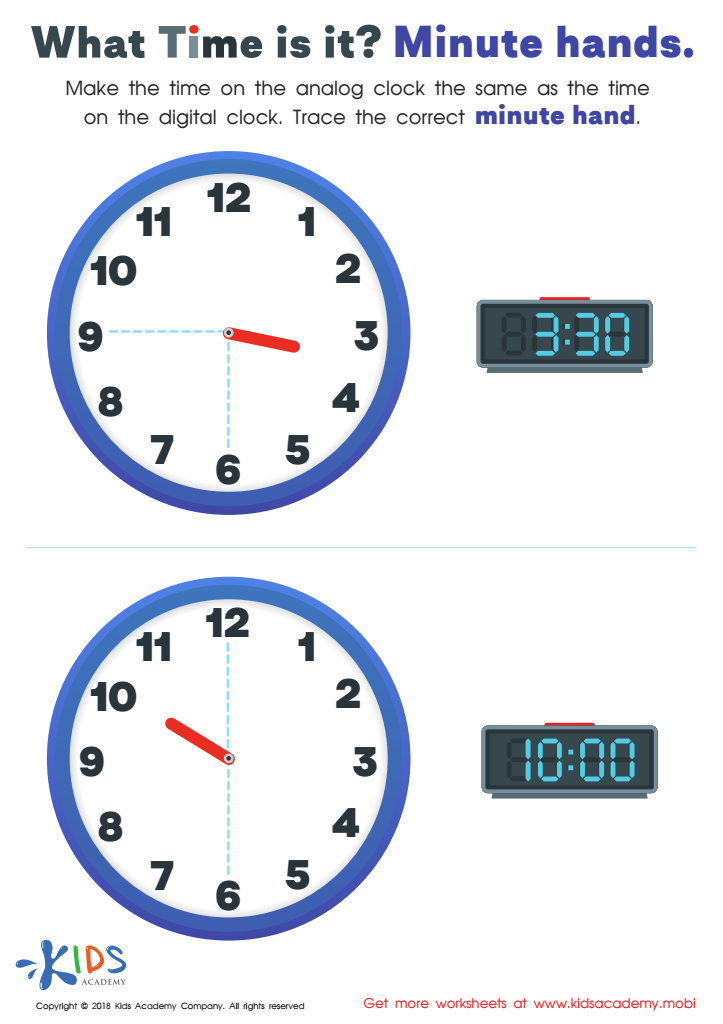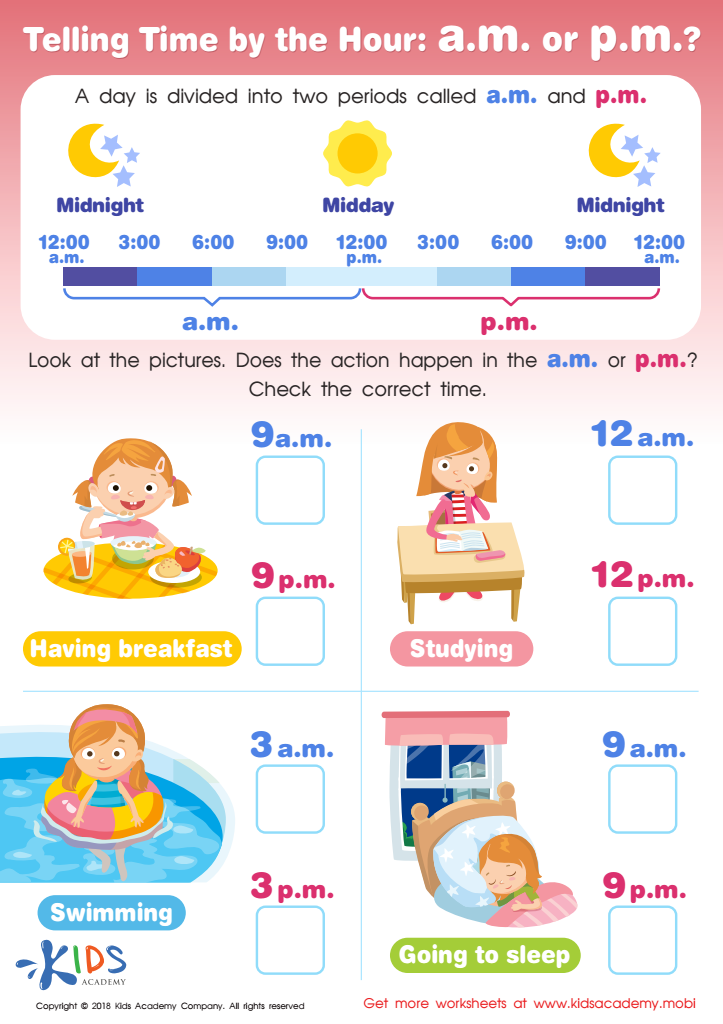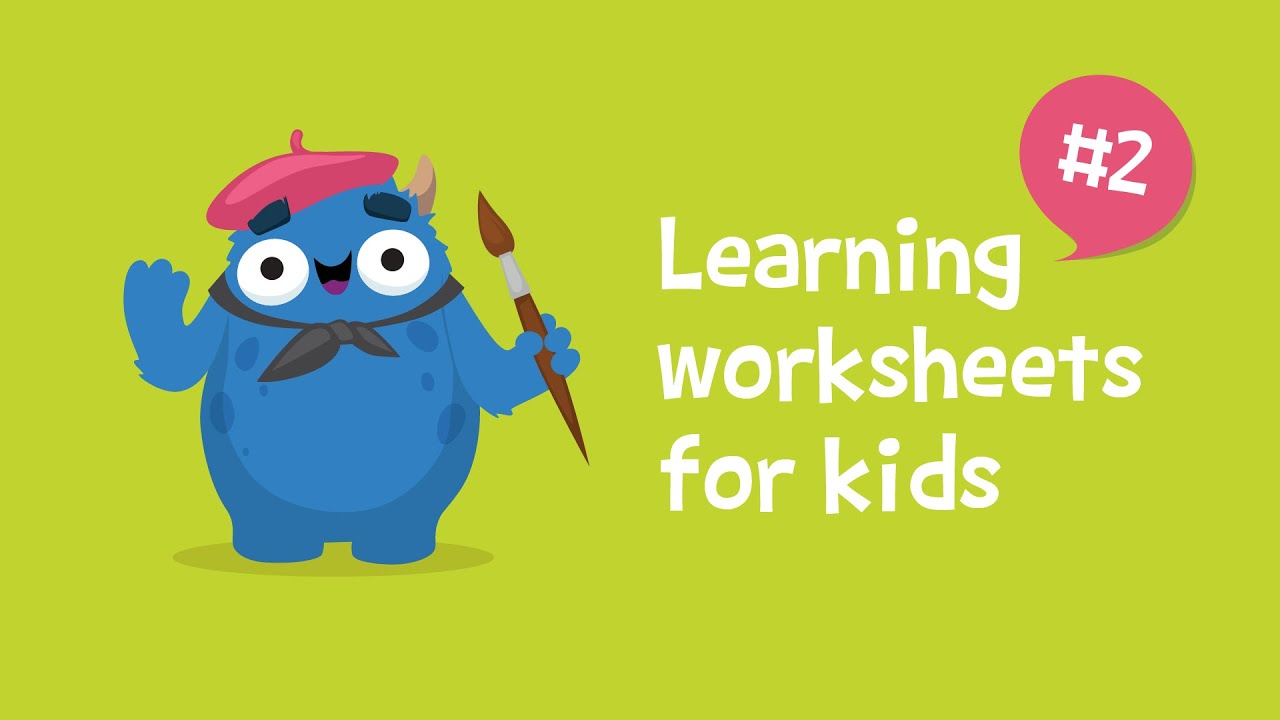Reading analog clocks Math Worksheets for Ages 5-6
3 filtered results
-
From - To
Engage your 5-6-year-olds with our fun and educational Reading Analog Clocks Math Worksheets! Designed to introduce young learners to the concept of time, these worksheets provide a variety of interactive exercises that help kids practice telling time on analog clocks. With colorful visuals and clear instructions, children will develop essential skills while enjoying the learning process. Perfect for home or classroom use, our worksheets encourage independence and boost confidence in reading time. Download these printable resources today to prepare your little ones for realizing time with ease and accuracy! Ideal for enhancing math readiness in early education.


What Time Is it? Minute Hands Worksheet


Tilling Time by the Hour: a.m. or p.m.? Worksheet


Telling Time by the Half Hour Worksheet
Teaching young children to read analog clocks is crucial for their cognitive development and practical life skills. For children aged 5-6, learning to recognize time on an analog clock helps develop several foundational skills. First, it enhances their understanding of numbers and counting as they connect numerical positions with hours and minutes. This interplay strengthens their overall numeracy, preparing them for more complex mathematical concepts later on.
Analog clocks also encourage spatial awareness and the ability to recognize patterns, as children learn to distinguish the shorter hour hand from the longer minute hand. This skill fosters visual discrimination and attention to detail, essential components of early literacy as well.
Moreover, learning to tell time on an analog clock instills a sense of responsibility and time management in young children. By understanding how to read time, they gain awareness of routines and structure in their daily lives, enhancing their independence.
Lastly, incorporating time-telling into everyday situations — such as anticipating activities or transitions — engages children in real-world learning, making math practical and enjoyable. Therefore, schools and parents should prioritize instruction in reading analog clocks, laying a solid foundation for lifelong learning and competence.

 Assign to My Students
Assign to My Students







.jpg)








